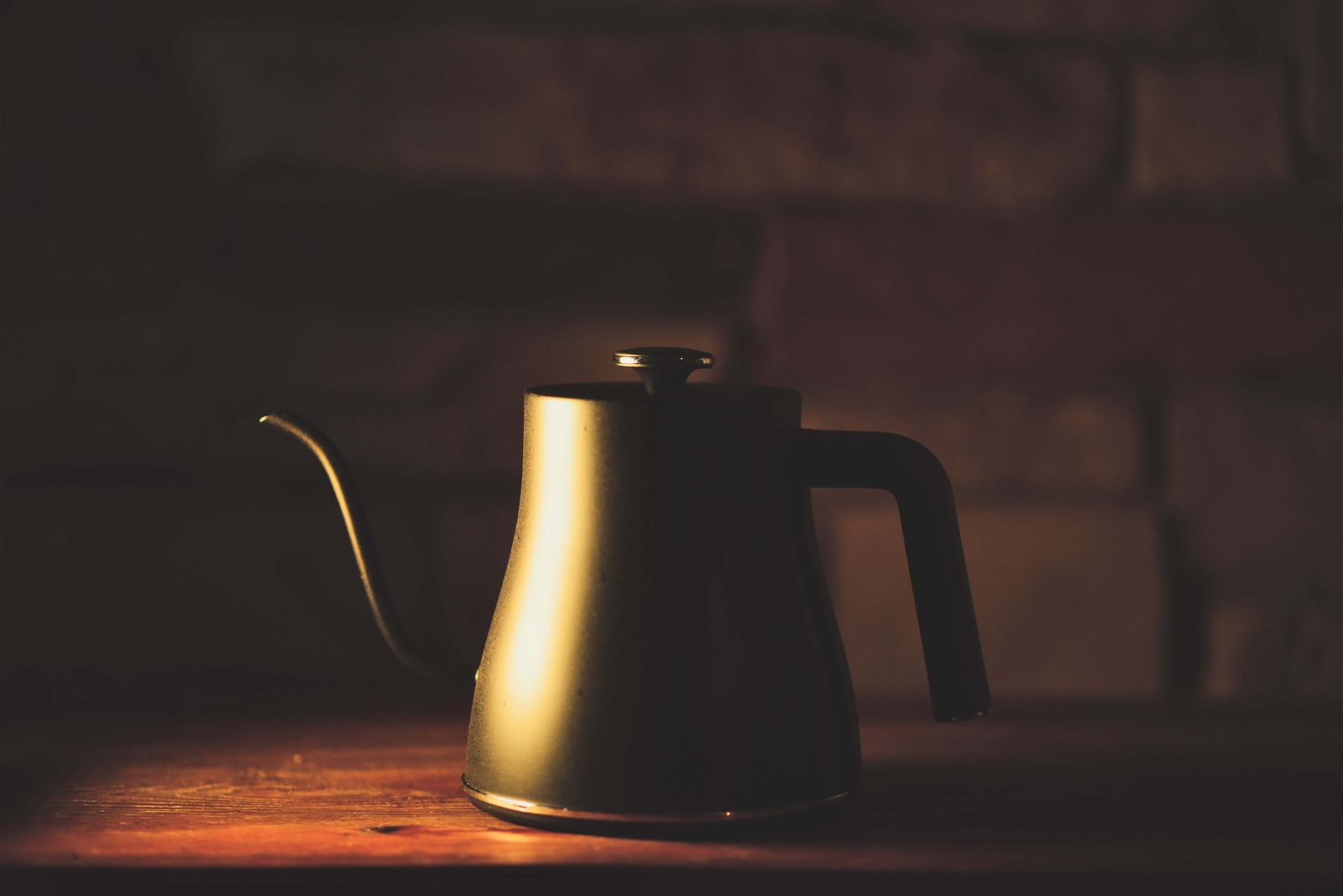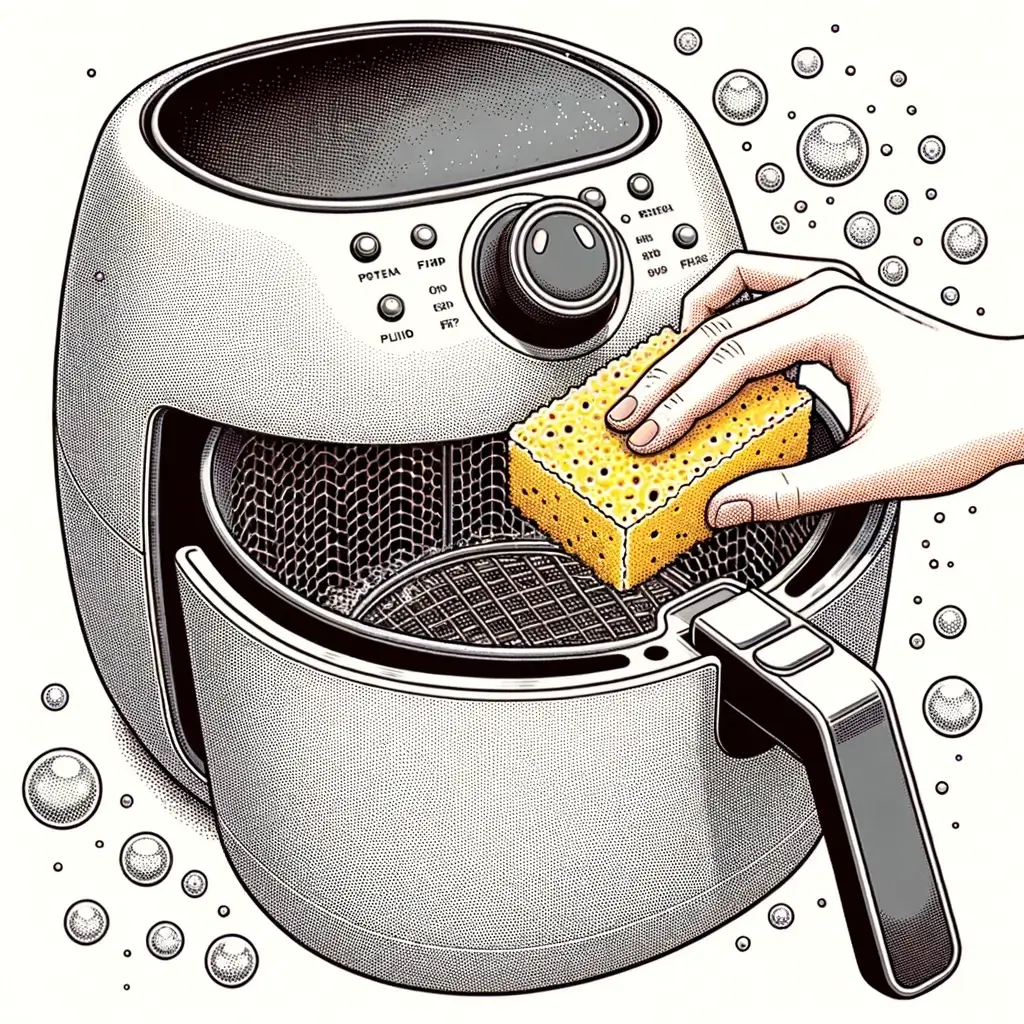The humble gooseneck kettle, with its distinctive long and narrow spout, has been a staple in coffee and tea brewing cultures worldwide.
This micro-post delves into the historical journey of gooseneck kettles and their cultural influence, providing a rich tapestry of brewing traditions and practices.
Jump To:
- The Historical Journey of Gooseneck Kettles
- Cultural Influence of Gooseneck Kettles
- Global Tea Culture and Gooseneck Kettles
- Global Coffee Culture and Gooseneck Kettles
- Gooseneck Kettles and Modern Brewing Techniques
- Frequently Asked Questions
- Conclusion
- Further Reading
The Historical Journey of Gooseneck Kettles
Originating from Japan in the 18th century, the gooseneck kettle was a cornerstone of traditional tea ceremonies.
It was designed for precision and control, enabling the tea master to adjust the water flow rate for perfect brewing.
This design innovation quickly spread to other parts of the world and became a favored tool for coffee enthusiasts, who appreciated the control it provided in pour-over brewing methods.
Cultural Influence of Gooseneck Kettles
The influence of gooseneck kettles extends beyond the realm of brewing. They are deeply entwined with cultural rituals and ceremonies, where the precision and slow pour they afford are essential.
These kettles' distinctive design and functional superiority have also made them a symbol of sophistication and refinement in coffee and tea cultures.
Global Tea Culture and Gooseneck Kettles
In Japanese tea ceremonies, or "Chado," the act of brewing and serving tea is more than just preparation; it's a mindful, meditative practice steeped in history.
The slow pour afforded by the gooseneck kettle allows the tea master to focus on the process, turning an everyday activity into a contemplative exercise. Each carefully calibrated pour ensures the tea leaves unfurl properly and evenly, releasing their delicate flavors and aromas.
Similarly, China's Gongfu tea ceremony requires a gooseneck kettle's precision to achieve the perfect infusion.
The term "Gongfu" translates to "doing something with great skill and effort," which is exactly what the gooseneck kettle allows.
It facilitates a slow, deliberate pour, crucial to extracting the nuanced flavors of the tea and facilitating the ceremony's reflective, social nature.
Global Coffee Culture and Gooseneck Kettles
The gooseneck kettle is not just for tea; it has found its place within global coffee cultures, appreciated for the precision brewing it enables. Especially in pour-over coffee techniques like the Japanese Hario V60 and the German Chemex, the gooseneck kettle is a vital tool.
The Hario V60 method, named after its v-shaped funnel that sits at a 60-degree angle, relies on a consistent, slow pour to thoroughly saturate the coffee grounds for optimal extraction. The kettle's long, curved spout allows for this exact control, making it indispensable to the process.
To learn more about the Hario V60 method, check out Kuraso's article How to brew with Hario V60 recipe.
Likewise, Chemex, a manual pour-over style glass coffeemaker, benefits from the slow, steady water flow that only a gooseneck kettle can provide. It allows the user to fully bloom the coffee grounds, ensuring a clean, flavorful brew that's become synonymous with the Chemex name.
Each expanded section provides a more comprehensive look at how gooseneck kettles function within these tea and coffee traditions, offering more context and detail for readers interested in these cultural practices.
Gooseneck Kettles and Modern Brewing Techniques
In modern times, gooseneck kettles have become synonymous with artisanal brewing techniques.
With the rise of third-wave coffee and a renewed interest in traditional tea brewing, the gooseneck kettle is appreciated more than ever for the control it offers. It has evolved from a simple brewing tool to an essential coffee and tea connoisseur gadget.
Frequently Asked Questions
Why is a gooseneck kettle important in brewing?
A gooseneck kettle allows precise control over the water flow rate and direction, making it a critical tool for brewing methods that require a slow and steady pour, like pour-over coffee or delicate teas.
When was the gooseneck kettle invented?
The gooseneck kettle originated in 18th-century Japan and was initially used in traditional tea ceremonies before gaining popularity worldwide.
What makes a gooseneck kettle special compared to regular kettles?
Gooseneck kettles are special due to their long and narrow spout, which allows for a slower, controlled pour. This is crucial in brewing methods that require precise water delivery for optimal flavor extraction.
Conclusion
With its rich history and cultural influence, the gooseneck kettle continues to be a vital tool in coffee and tea cultures worldwide. It embodies the spirit of brewing – a meticulous craft that requires precision, patience, and an appreciation for the process.
As we embrace modern brewing techniques, the legacy of the gooseneck kettle remains relevant, reminding us of the timeless art of brewing.
If you're intrigued by gooseneck kettles' historical and cultural significance and want to explore their scientific aspects, don't miss our article: Gooseneck Kettle Science: Heating & Pouring for Better Brews.
Further Reading
- Gooseneck Kettle Science: Heating & Pouring for Better Brews - Uncover the unique mechanics of gooseneck kettles that improve your brew.
- Brew Mastery: Effective Techniques for Using a Gooseneck Kettle - Learn practical techniques to leverage your gooseneck kettle for the best brew.



